The concept of a One-Hit Wonder is practically as old as the charts themselves, but what about the albums that hit it and quit? Single albums from bands that changed our worlds and then went silent? AllMusic selects some of our favorite records that rose up from nowhere and then never saw a true follow-up.
Under the Influence of Giants – Under the Influence of Giants
If Beck, the Bee Gees, and Tame Impala created a supergroup, it might sound something like Under the Influence of Giants. Funky, disco-kissed rock designed for shaking and shimmying, this one-and-done outfit came in hot in the summer of 2006 with the minor indie-dance hit “In The Clouds,” making a quick splash before moving on to bigger and better things as AWOLNATION. These dozen tracks share a throwback nostalgia that’s irresistible, modernized by slick production and amplified by Aaron Bruno’s heavenly falsetto and primal howl. There’s not a weak track here, but highlights include “Heaven Is Full,” “Ah Ha,” and “Faces.” – Neil Z. Yeung
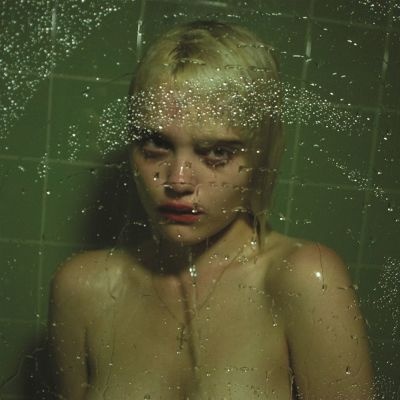 Night Time, My Time – Sky Ferreira
Night Time, My Time – Sky Ferreira
There’s no shortage of single-album side projects and spin-offs to highlight – hello, Duran Duran offshoot Arcadia! – but one great debut that has yet to be followed up is Sky Ferreira‘s Night Time, My Time. Ferreira perfected and anticipated a decade of alt-pop mastery alongside key collaborators like producer Ariel Rechtshaid and songwriter Dan Nigro (who’d go on to serve as the musical right-hand for Olivia Rodrigo and Chappell Roan). But long-promised follow-up Masochism is starting to feel like Chinese Democracy for millennials: proposed singles came and went in 2019 and 2022, and last year’s terrific “Leash” was recorded separately for the A24 film Babygirl. I’ll be delighted if a concrete release plan (with or without another “Free Sky Ferreira” banner flying over L.A.) gets announced the same day as this publishes, but until proven otherwise, she’s both the latest and greatest of one album wonders. – Mike Duquette
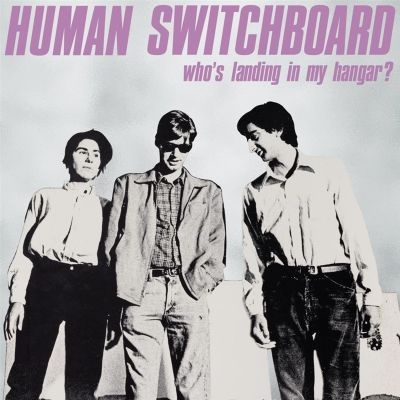 Who’s Landing In My Hangar? – Human Switchboard
Who’s Landing In My Hangar? – Human Switchboard
Cleveland’s Human Switchboard had a potent cult following in the Midwest and East Coast – so much so that fans put out a live bootleg in hopes of encouraging a proper label to give them a shot. But their blend of Velvets-informed cool, garage rock squawk, and Midwestern angst never attracted the larger audience they deserved, and their sole studio album, 1981’s Who’s Landing In My Hangar?, got great reviews but wasn’t heard much outside of their fan following. Several decades later, it’s still worth hearing – the nervous edge of Robert Pfeifer’s vocals and guitar connects strongly with Myrna Marcarian’s Farfisa organ and moody vocal features (it’s a shame her dour take on Petula Clark‘s “Downtown,” a staple of their live shows, didn’t make it to the LP), and Ron Metz’s drumming is efficient, expressive, and solidly rocking. “In This Town” is a powerful take of life in a dying community, “Refrigerator Door” chronicles a broken relationship with an intimacy that’s almost uncomfortable to witness, and “Books on Looks” is a parody of male braggadocio that swings hard enough to pass for the real thing. Human Switchboard deserved a lot better than their circumstances gave them, but Who’s Landing In My Hangar? (which was reissued on vinyl by Fat Possum in 2019 and is available on streaming services, hint hint) is a brief, fascinating glimpse of a great band’s brief moment in the spotlight. – Mark Deming
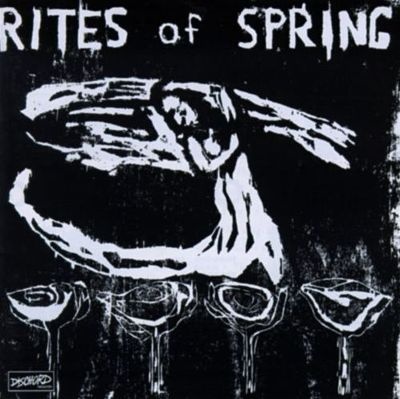 Rites of Spring – Rites of Spring
Rites of Spring – Rites of Spring
For a glimmering moment while D.C.’s hardcore scene was quickly becoming post-hardcore, Rites of Spring exploded into being with their eponymous 1985 debut. The band existed for only three years, and played only a handful of shows, but the eruptive group playing and urgent energy of these songs practically invented emo on the spot. Guy Picciotto’s seething, breathless vocals and lyrics somewhere between abstract poetry and blunt emotional bloodletting drove an album that captured with music the strange, unnamable middle ground of early adulthood. Rites of Spring made this one official, supernaturally expressive album and a handful of miscellaneous other releases before evaporating just as quickly as they’d arrived. Immediately after disbanding some members joined forces with folks another D.C. area one-album wonder band, Embrace, to paint a much more detailed picture of the personal and the political with their next group, Fugazi. – Fred Thomas
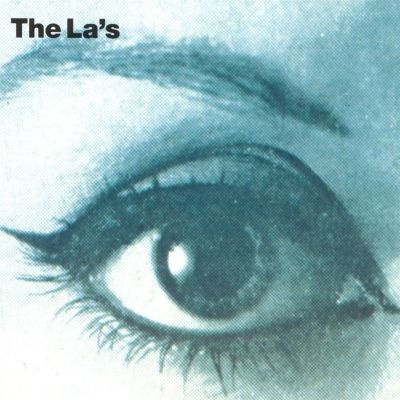 The La’s – The La’s
The La’s – The La’s
If we disqualify Failed Flowers, an inexplicably obscure noise pop project helmed by our AllMusic colleague Fred Thomas with Anna Burch (seriously, go check out their 2016 eponymous album), I have to go with a much more obvious pick in The La’s. I can still spin this 1990 self-titled LP and feel the giddiness of hearing it for the first time. The growling and howling “There She Goes” is an all-timer that belongs alongside infatuated classics like “Night and Day,” “The Girl from Ipanema,” and, for the matter, Matthew Sweet‘s “Girlfriend.” – Marcy Donelson
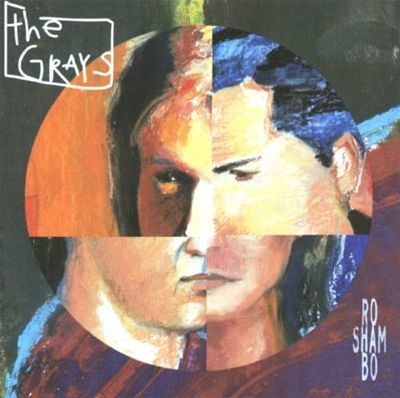 Ro Sham Bo – The Grays
Ro Sham Bo – The Grays
Among power pop’s many short-lived heroes, few were more accomplished than the Grays, a four-man wrecking crew that produced a single, meticulously-crafted rock album in 1994. Consisting of Jellyfish vets Jason Falkner and Jon Brion, along with Buddy Judge and Dan McCaroll, they were a group of L.A. craftsmen whose idealistic aim was to launch a democratic collective featuring original songs by each player, supported by communal multi-instrumentalism. Creatively, they succeeded, though Ro Sham Bo sold poorly and the four egos were unable to remain in harmony for more than a year or two. – Timothy Monger
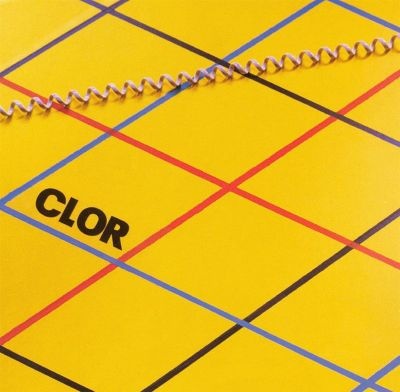 Clor – Clor
Clor – Clor
Ever since its release 20 years ago, I’ve been a huge fan of the sole, self-titled album by Clor. There’s an undeniable connection between the band’s bright, buzzy, electronic-infused rock and the “angular” acts of the early 2000s like Futureheads, but their ties may be even stronger to the new wave and post-punk heyday of the late ’70s and early ’80s (another era that spawned a legion of one album wonders). Nowadays, Clor feels like a predecessor to Omni and other tightly wound acts of the 2010s and 2020s. Thanks to the plentiful hooks mixed in with the jagged riffs and bleeping synths on “Love + Pain” and “Outlines,” the album has become something of an unsung classic. Every time I play it for the uninitiated, it gets the best possible response: “Who is this?” – Heather Phares
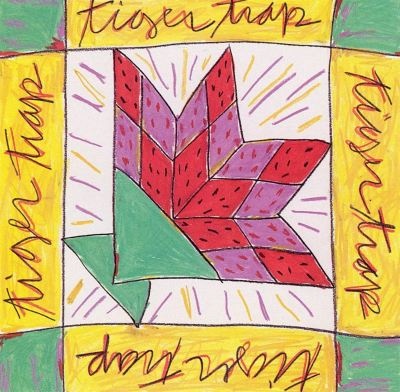 Tiger Trap – Tiger Trap
Tiger Trap – Tiger Trap
Released in 1993, Tiger Trap‘s debut album sounded so assured, so tight, and so tuneful that most informed listeners no doubt expected classics for years to come. Sure, the band’s primary songwriter and singer, Rose Melberg, became a big factor in several bands after this (the Softies and Go Sailor being the most celebrated), but Tiger Trap released only an EP and a split single after this shining moment of ferocious indie pop. Melberg’s clear talent for songwriting, her harmonies with bandmate Angela Loy (a high-school friend who also played guitar and sang), and the twin-guitar attack from the duo made the case for melodic indie pop played closer to the velocity of punk rock. The album is still waiting for its full recognition as a ’90s classic; hopefully, Numero Group or some other smart reissue label will do the job soon. – John Bush
 Jacob’s Optical Stairway – Jacob’s Optical Stairway
Jacob’s Optical Stairway – Jacob’s Optical Stairway
The dance music world is filled with one-off aliases, so maybe it’s cheating to chose a short-lived side project of a well-known act rather than the work of someone who truly only gave it one shot and then dipped. Jacob’s Optical Stairway was the work of Marc Mac and Dego from 4Hero, and it continued in the direction of their dark, jazzy masterpiece Parallel Universe, but in a brighter, sunnier direction. It’s also the most overtly Detroit techno-influenced work they’ve ever done, even sporting a Juan Atkins guest feature on “The Fusion Formula (The Metamorphosis),” which accelerates from electro-funk to intricate drum’n’bass. – Paul Simpson
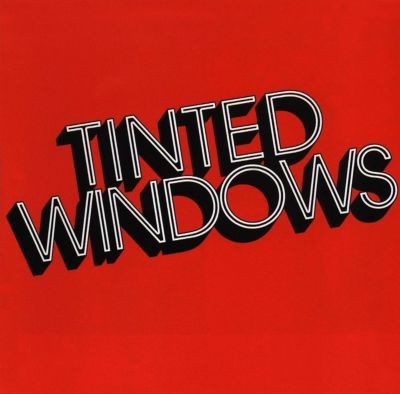 Tinted Windows – Tinted Windows
Tinted Windows – Tinted Windows
Hearing about the Tinted Windows lineup before the album’s release sounded like a grab bag Mad Libs of alt power pop underrated sidemen. A guy from Fountains of Wayne, the dude from Smashing Pumpkins who isn’t Billy Corgan, the mustachioed chain-smoking drummer from Cheap Trick, and that kid from Hanson (reMmmBopmember them?), but from the opening notes, the record rockets off the launch pad with chugging fuzzed-out riffs and sweetly crooned “Whoa Whoa” choruses. The architect of the project was the sadly-missed Adam Schlesinger who made a career out of mining the Sweet sounds of the ’70s to create pop gems in the CD era, but the whole band fires on all cylinders blasting through 11 songs in 35 minutes. It’s sort of perfect that there was never a follow-up, making this album a unique pearl in the alt-rock ocean. – Zac Johnson
 Tony Fruscella – Tony Fruscella
Tony Fruscella – Tony Fruscella
There are plenty of tragic jazz musicians, but in terms of talent vs. general obscurity Tony Fruscella might be one of the most indelible. A Greenwich Village-native, Fruscella was a lyrical bop stylist whose dry tone and melodic lines belied a troubled life. Like a protagonist pulled straight out of a pulp novel or film noir, Fruscella honed his chops in an army band, before landing back in Manhattan in the early ’50s where rubbed gabardine shirt shoulders with luminaries like Lester Young, Gerry Mulligan and Stan Getz. By all accounts he was a star on the rise, drawing favorable comparisons to both Chet Baker and Miles Davis; the latter of whom his playing most closely brings to mind. All of this is evoked on his 1955 debut for Atlantic Records, I’ll Be Seeing You (also released eponymously). Produced under the invite of label owners brothers Neshui and Ahmet Ertegun, the album is just the kind of nocturnal small group delight you’d hope for with Fruscella digging into ballads, blues and standards. His playing is a musical mirror of the album cover photo where he’s nestled up to his horn with his eyes closed; marked by a soft attack and a poignant, gentle immediacy that grabs you. Interestingly, he’s paired throughout with tenor saxophonist Allen Eager, an equally gifted improvisor whose own life plays even more like a Hollywood movie. Listening to cuts like his opening rendition of “I’ll Be Seeing You” and the blithe “Blue Serenade,” it’s easy to imagine Fruscella ascending to the cover of Downbeat magazine or showing up to play a featured spot in a movie or TV show. Yet, stardom would remain elusive for Fruscella whose career was quickly derailed in the late ’50s due to drug and alcohol abuse. He died in 1969 largely forgotten. Despite a handful of sessions that popped up in later decades, Fruscella’s album continues to haunt in its singularity; a bittersweet portrait of a moment in time. – Matt Collar
Obviously, these are just a fraction of the terrific albums from bands that only emerged from the sand once and were never seen again, but there must be more. Let us know what we missed.



